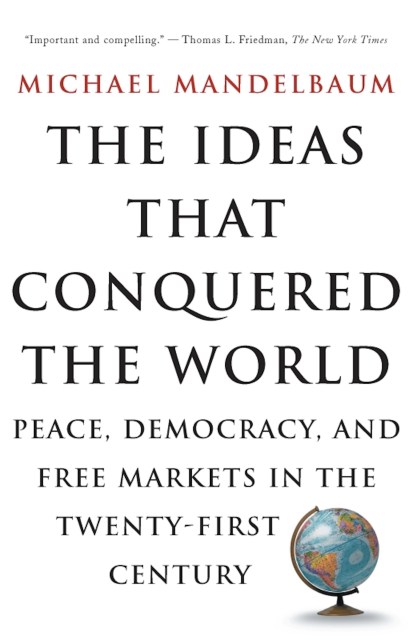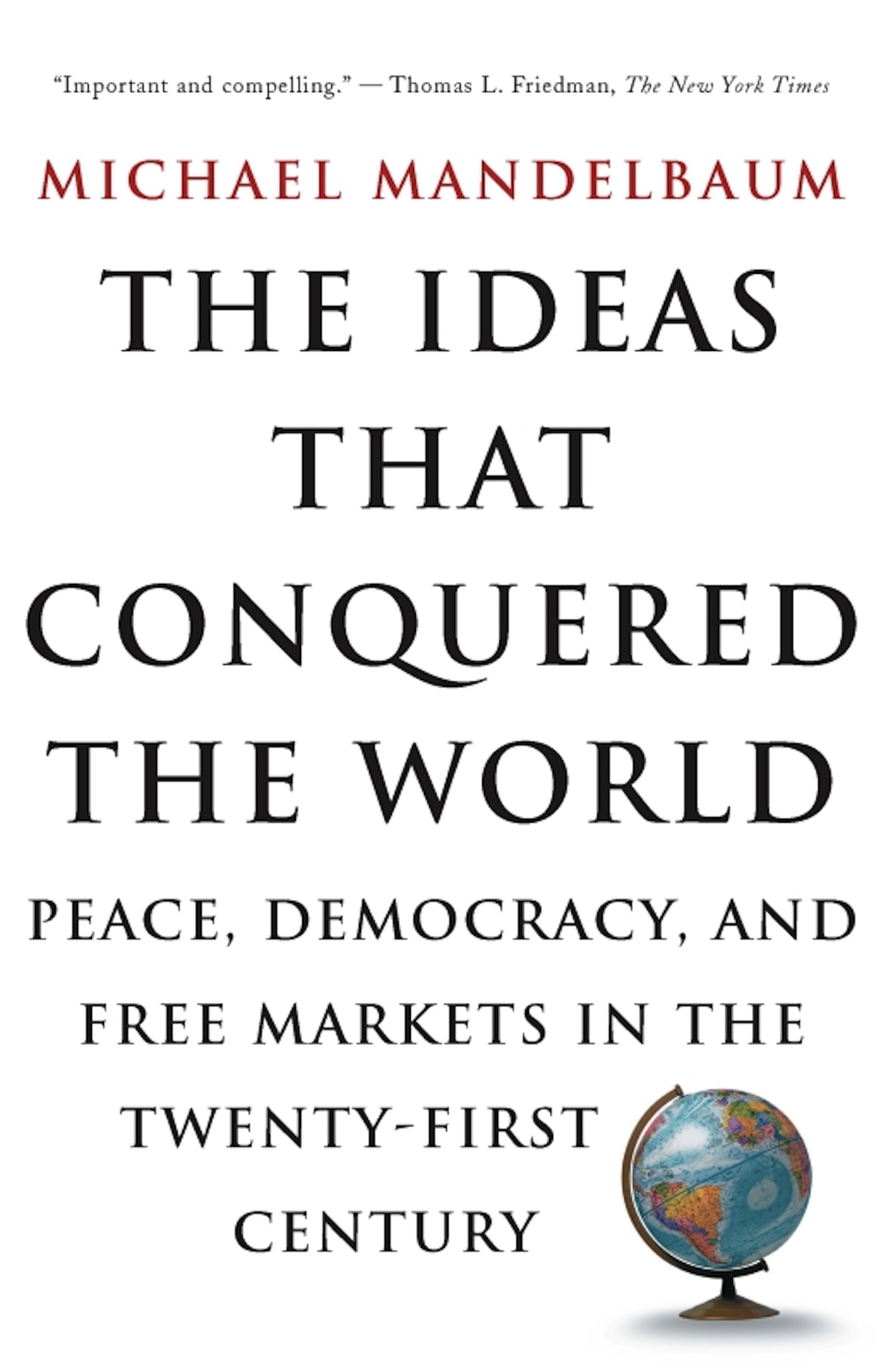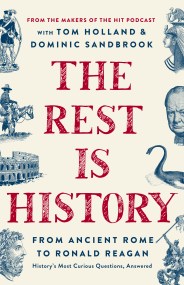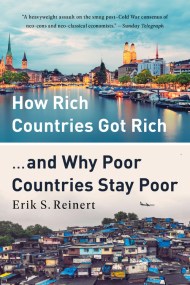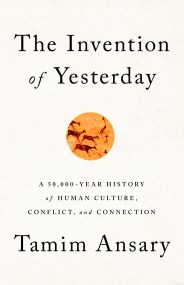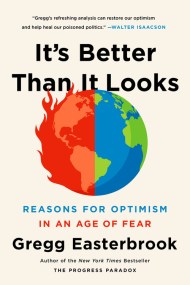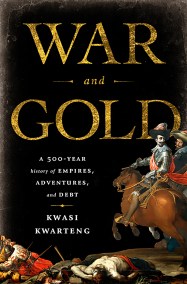Promotion
Use code MOM24 for 20% off site wide + free shipping over $45
The Ideas That Conquered The World
Peace, Democracy, And Free Markets In The Twenty-first Century
Contributors
Formats and Prices
Price
$12.99Price
$16.99 CADFormat
Format:
- ebook $12.99 $16.99 CAD
- Trade Paperback $25.99 $33.99 CAD
This item is a preorder. Your payment method will be charged immediately, and the product is expected to ship on or around January 8, 2004. This date is subject to change due to shipping delays beyond our control.
Also available from:
In The Ideas That Conquered the World, Michael Mandelbaum describes the uneven spread (over the past two centuries) of peace, democracy, and free markets from the wealthy and powerful countries of the world’s core, where they originated, to the weaker and poorer countries of its periphery. And he assesses the prospects for these ideas in the years to come, giving particular attention to the United States, which bears the greatest responsibility for protecting and promoting them, and to Russia, China, and the Middle East, in which they are not well established and where their fate will affect the rest of the world.
Drawing on history, politics, and economics, this incisive book provides a clear and original guide to the main trends of the twenty-first century, from globalization to terrorism, through the perspective of one of our era’s most provocative thinkers.
Genre:
- On Sale
- Jan 8, 2004
- Page Count
- 528 pages
- Publisher
- PublicAffairs
- ISBN-13
- 9780786724963
Newsletter Signup
By clicking ‘Sign Up,’ I acknowledge that I have read and agree to Hachette Book Group’s Privacy Policy and Terms of Use
